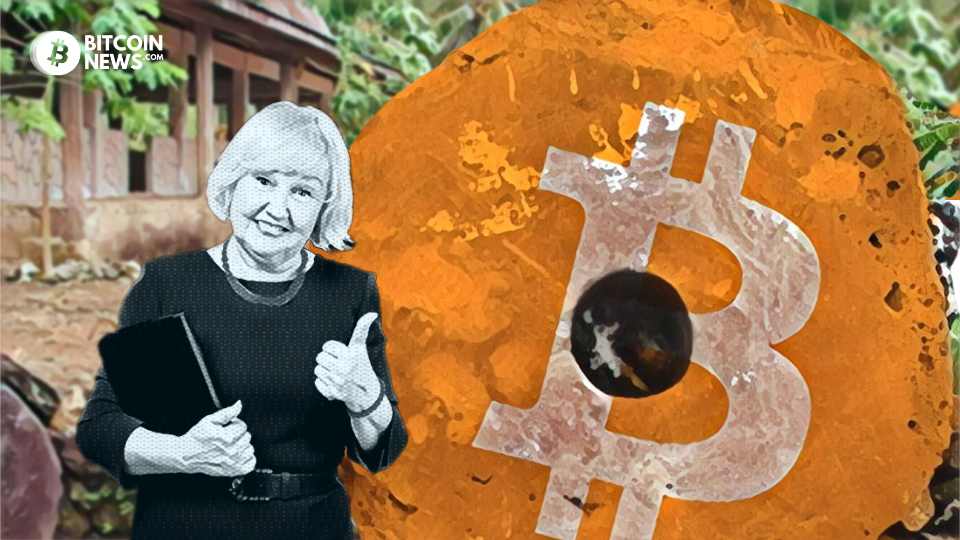This article was originally published by Austin Litman on Proofofwork.ca
Hundreds of years ago, in paradise, one of the most unique forms of money was invented by the Yap tribe on an island east of Indonesia. It was a single stone.
These stones were 12ft tall and weighed thousands of pounds. A single stone could represent an entire village’s value: marriage, inheritance, political deals, alliances, even war and regular trade.
So, how did all this work from a stone?
These stones were tough to make. The tools on Yap island were very primitive. Quarrying them and transporting them over rafts was difficult and time-consuming. So a single stone represented thousands of hours of labour, and even the human lives lost creating it.
It was kept in a central spot in the village. Whenever a trade would happen, it would be announced in front of the entire tribe. Everyone knew who owned what portion so that no single individual could lie.
Then a big uh-oh happened. An American named David O’Keefe got shipwrecked on Yap island. He observed what they found valuable, fixed his ship and sailed home.
Then he comes back (obviously) with explosives and tools to mine stones. However, the chief banned his explosives and devices because they defeated the entire purpose of what makes the stones valuable (they were hard to make). Some people got greedy and wanted to make money, so they secretly used them. Tons of stones were created, and civil wars broke out as people decided which stones they would count as money and which not.
Eventually, paradise was lost.
Can we go back in time and hire that Chief from Yap island to run America’s money printer, please? He somehow knew about hyperinflation before we made that word up.




